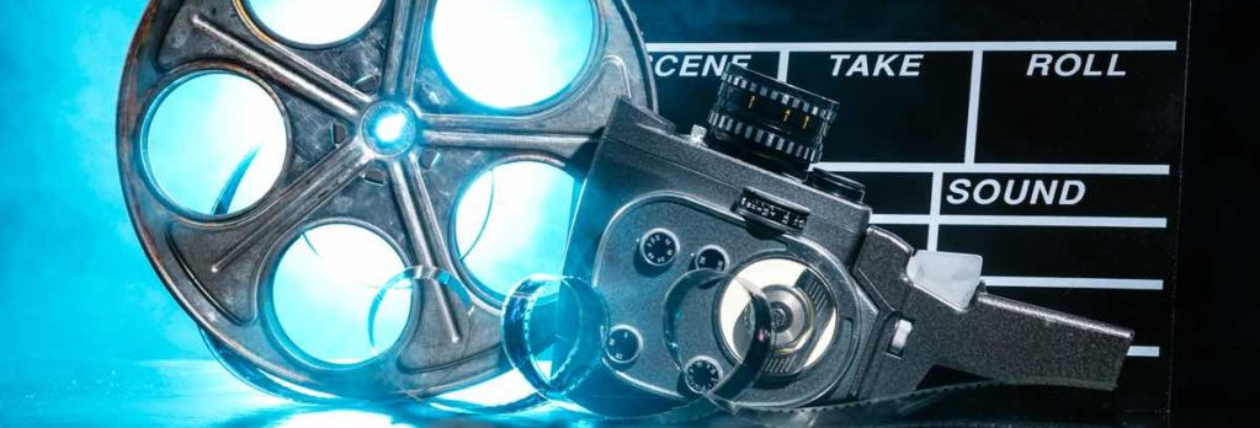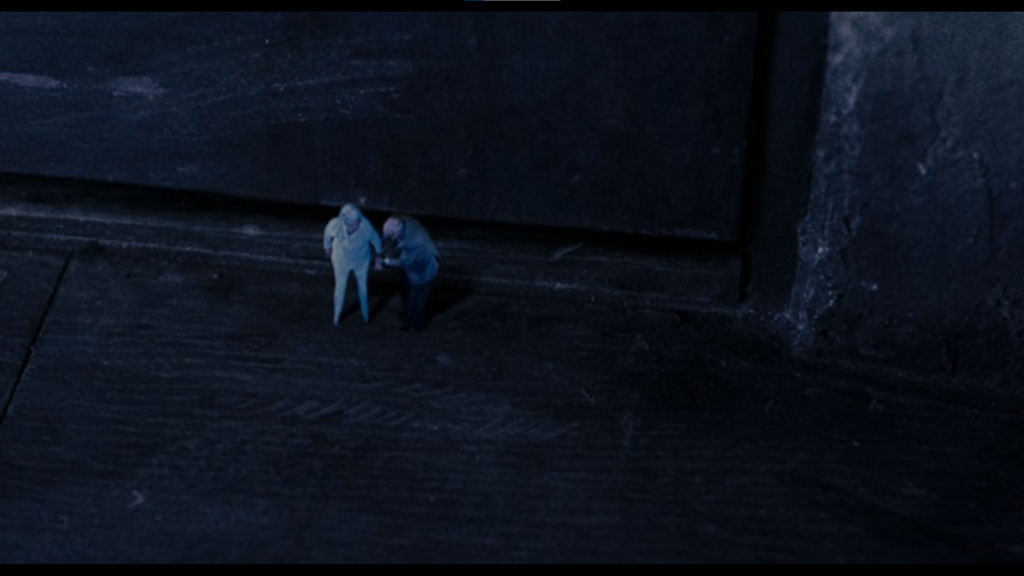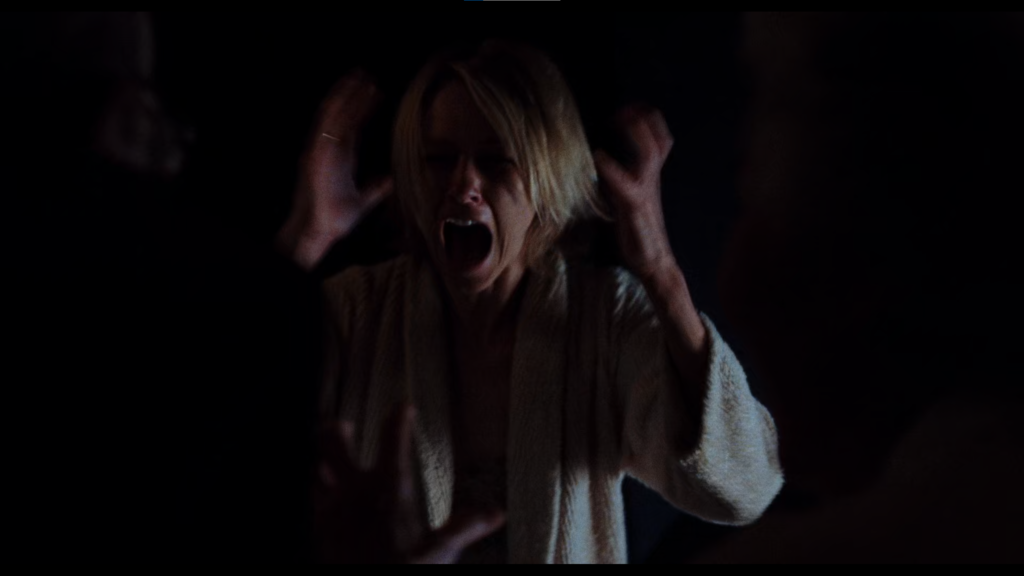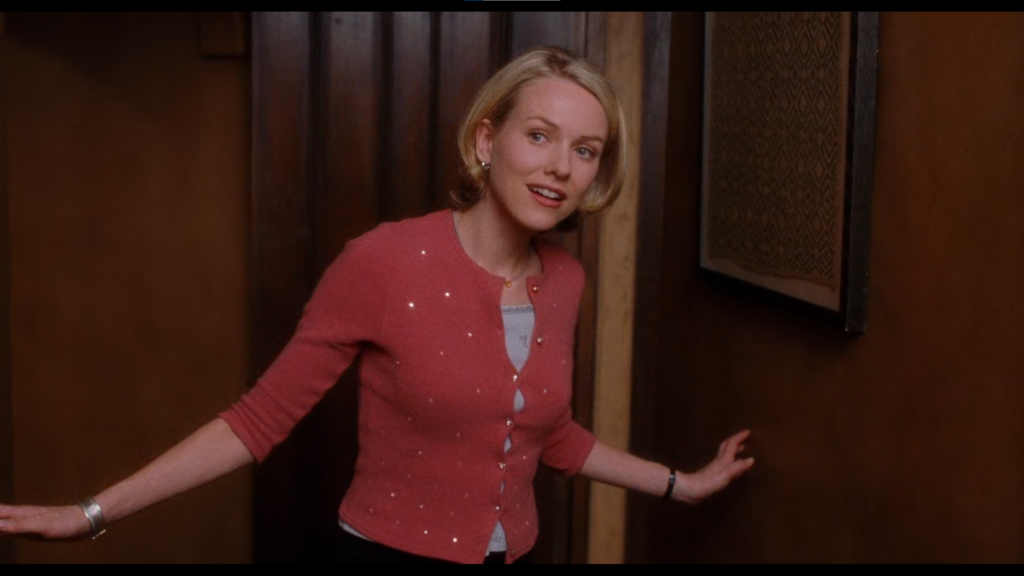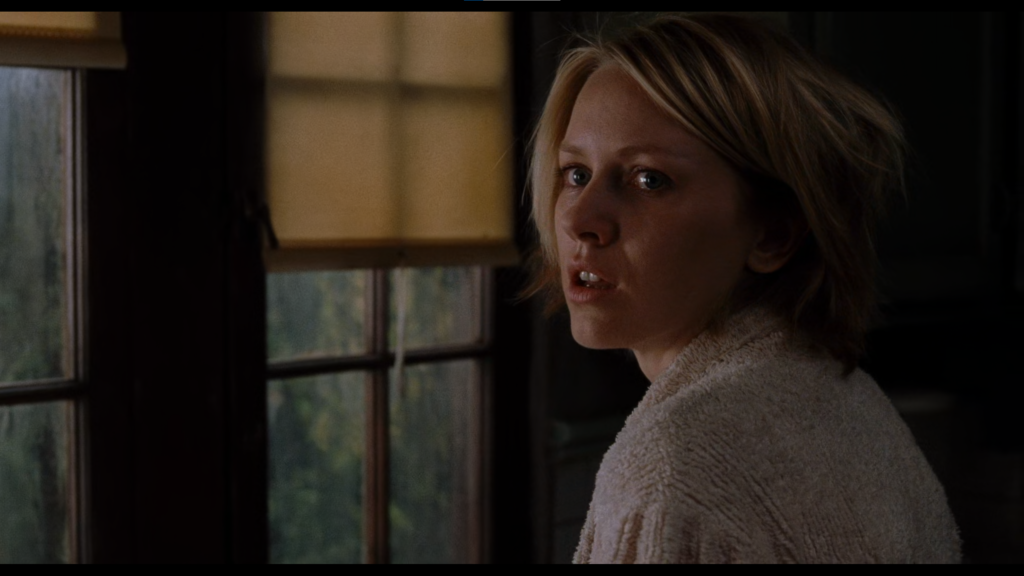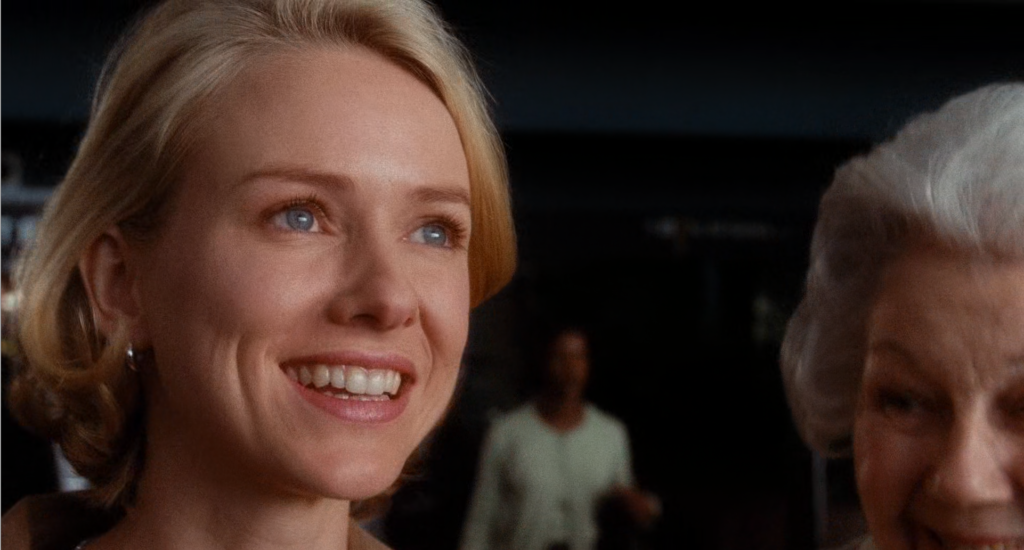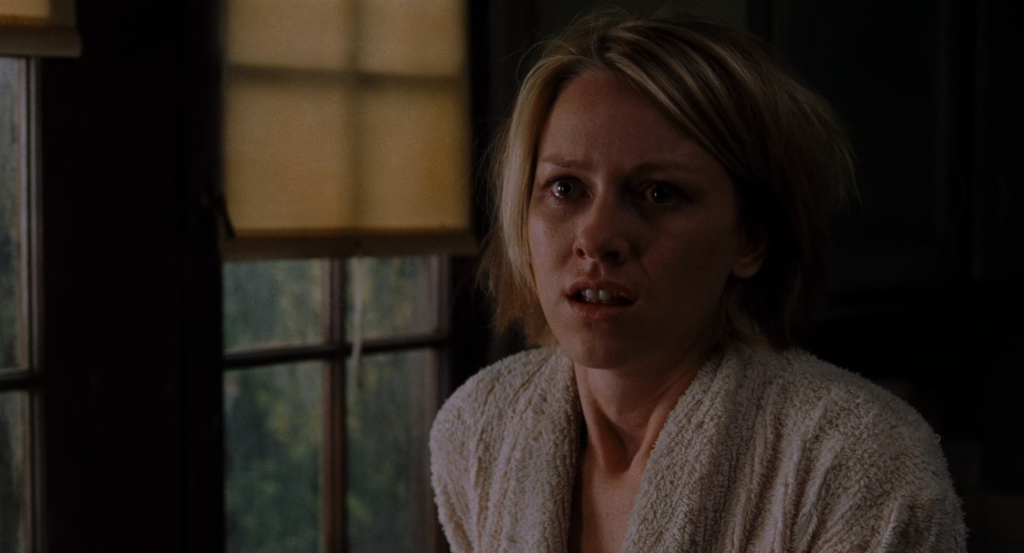Social / Institutional / Political
- Mulholland Drive is a satire on Hollywood. Lynch, an auteur with a unique and bizarre vision, has often struggled to get financing and support from Hollywood studios.
- Mulholland Drive originally started as a pilot for a TV show, though it was abruptly axed only weeks into production, Lynch turned the existing footage and some extra scenes into a feature film.
- An obvious comment on this would be struggles of Adam, the director character in Mulholland Drive in the surreal and shadowy Hollywood system.
- Movements like #MeToo (2006) and #TimesUp (2018) have drawn attention to sexism and misogyny in the film industry, though predating these movements, Mulholland Drive is critical of the way the Hollywood system treats people, and young woman particularly.
- The portrayal of fame, celebrity and the entertainment industry in film is shown to dehumanise people.
Cultural
- Mulholland Drive is surrealist, inspired by the European surrealist movement of the 1920s – 1950s with the aim to unite the conscious and unconscious mind.
- The film can be categorised as part of the American postmodern film movement of the 1990s/early 2000s.
- Diane’s world is hyper-real; the narrative is disjointed, and the film contains intertextual references.
- The plot is somewhat inspired by Sunset Boulevard (Wilder, 1950) another film noir about a desperate actress in Hollywood, set on an intersecting road to Mulholland.
- There are also references to Gilda (Vidor, 1946) and the paintings of Edward Hopper.
